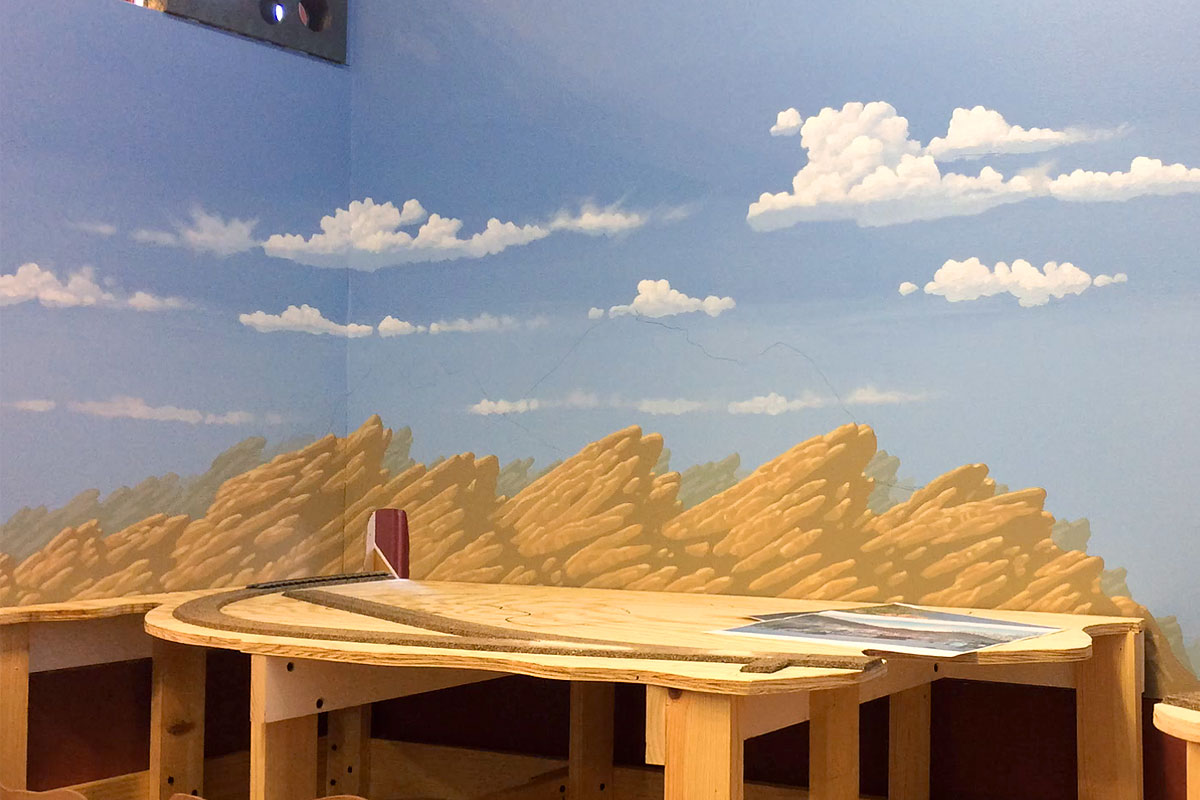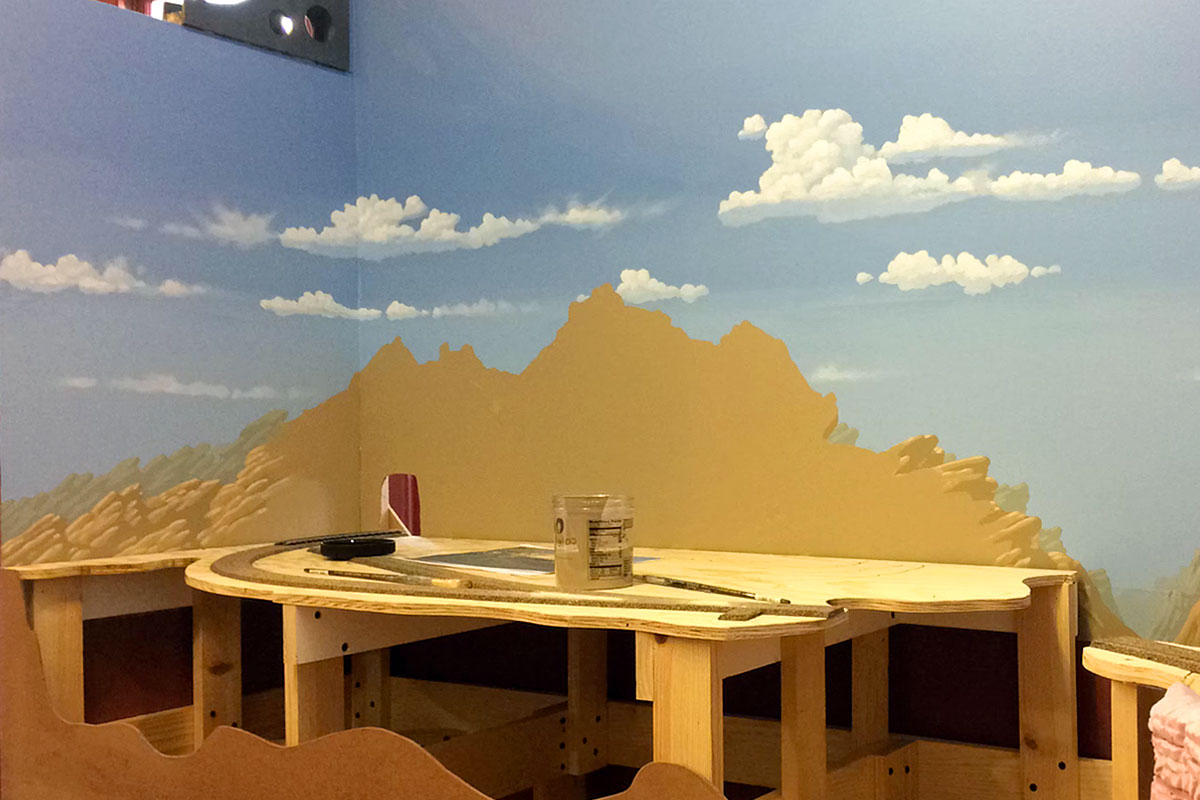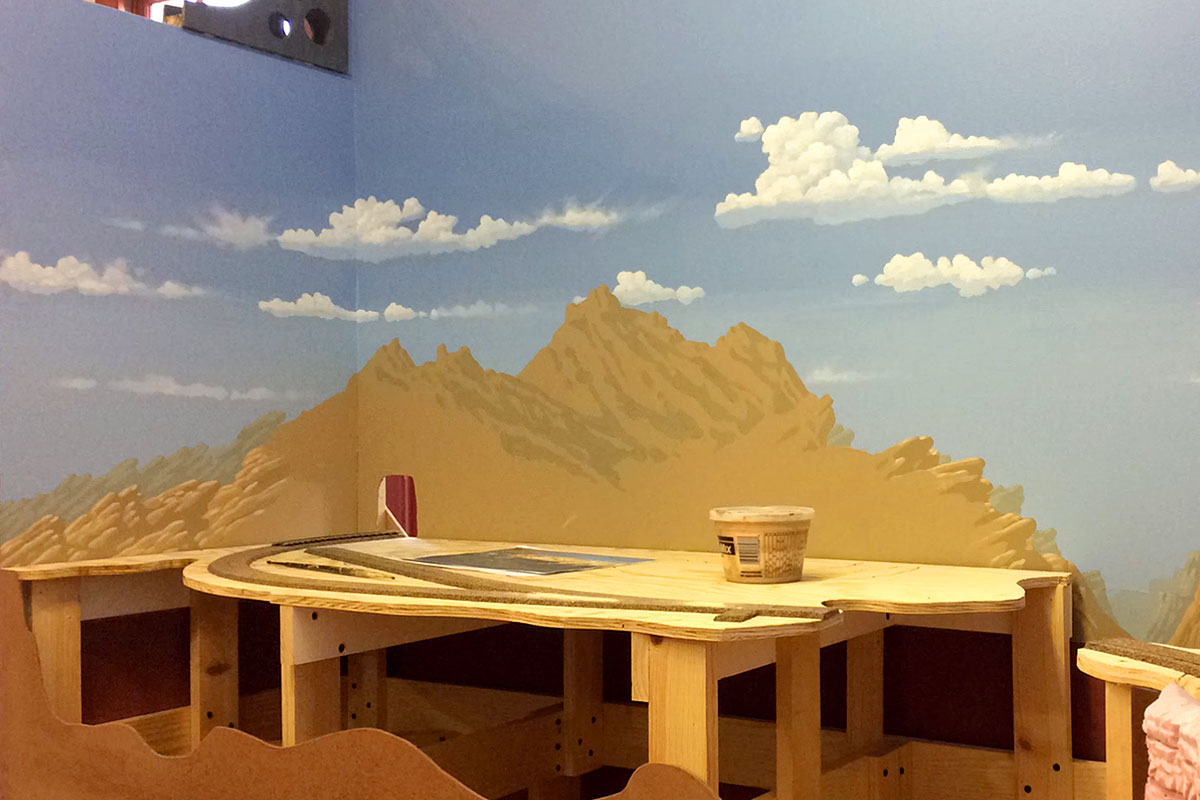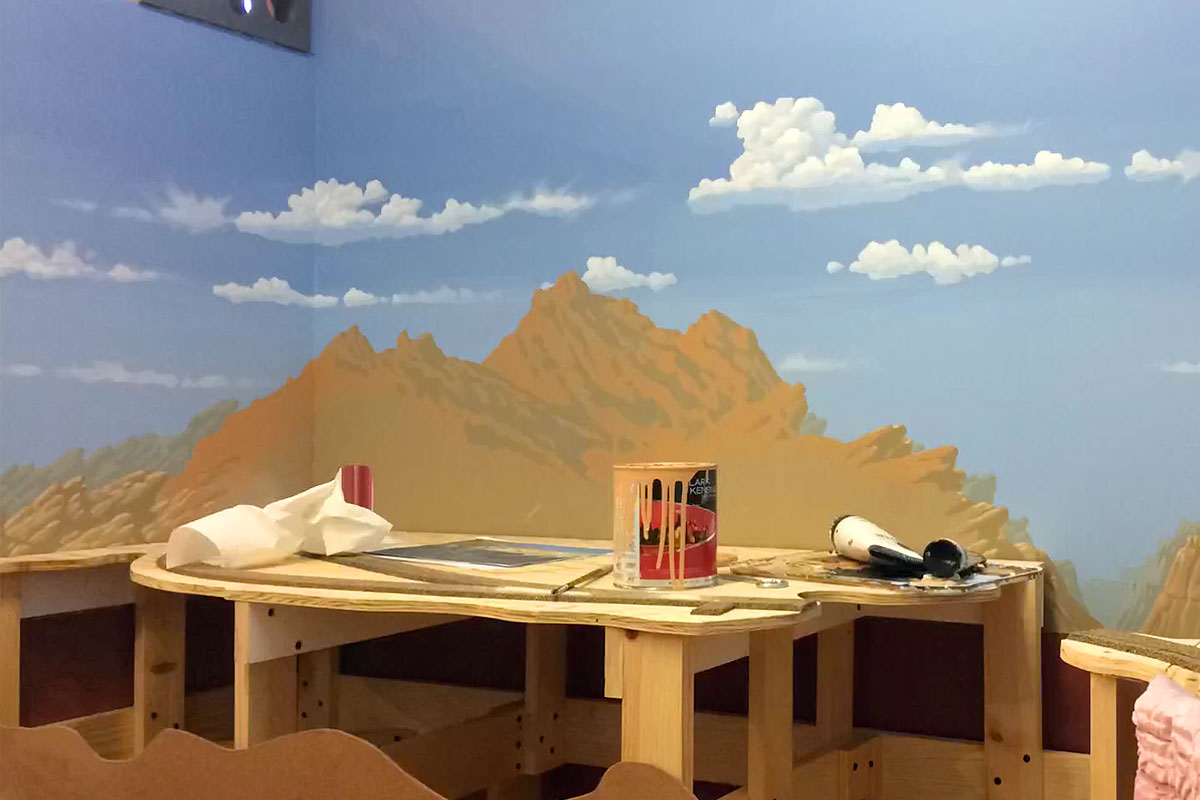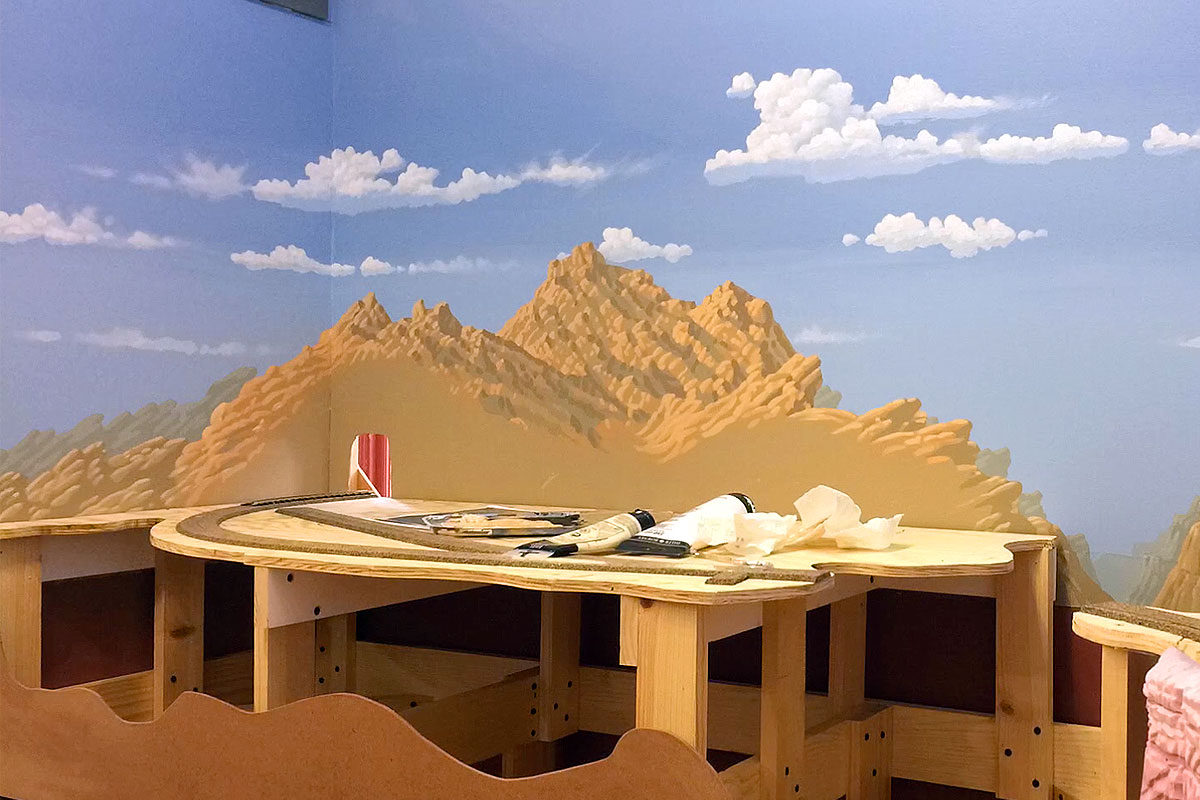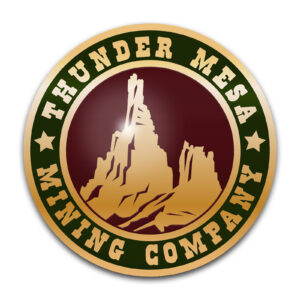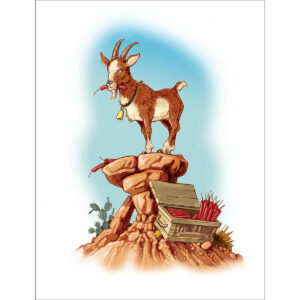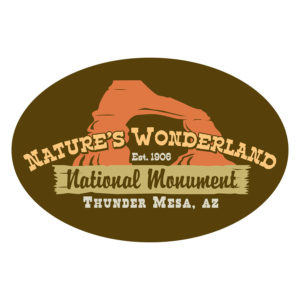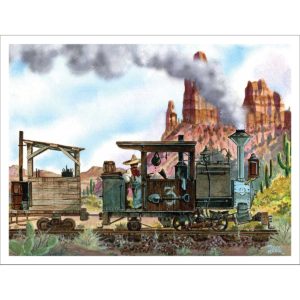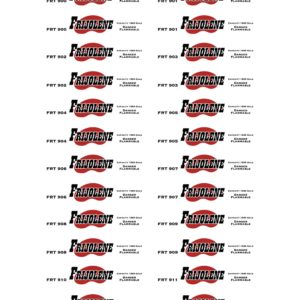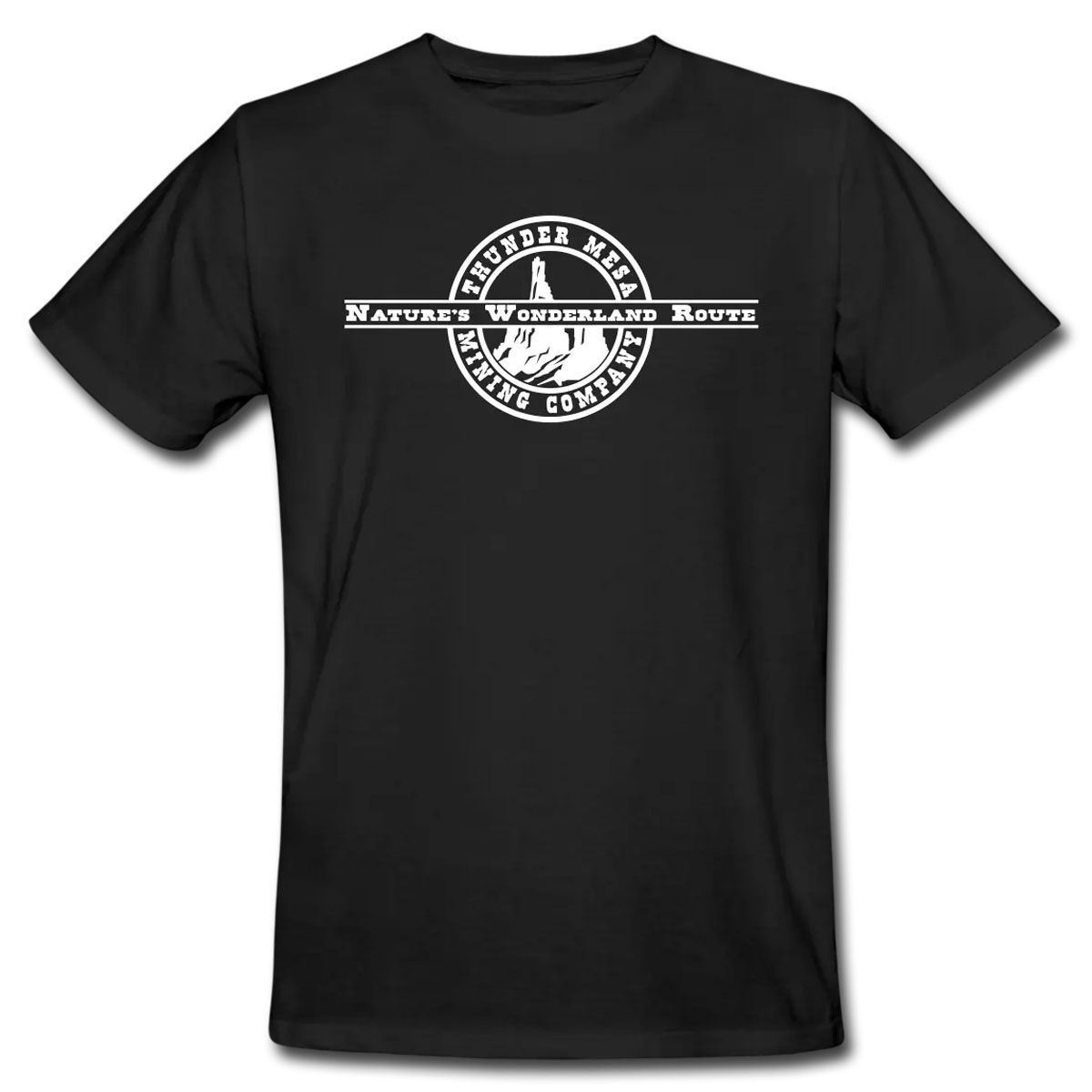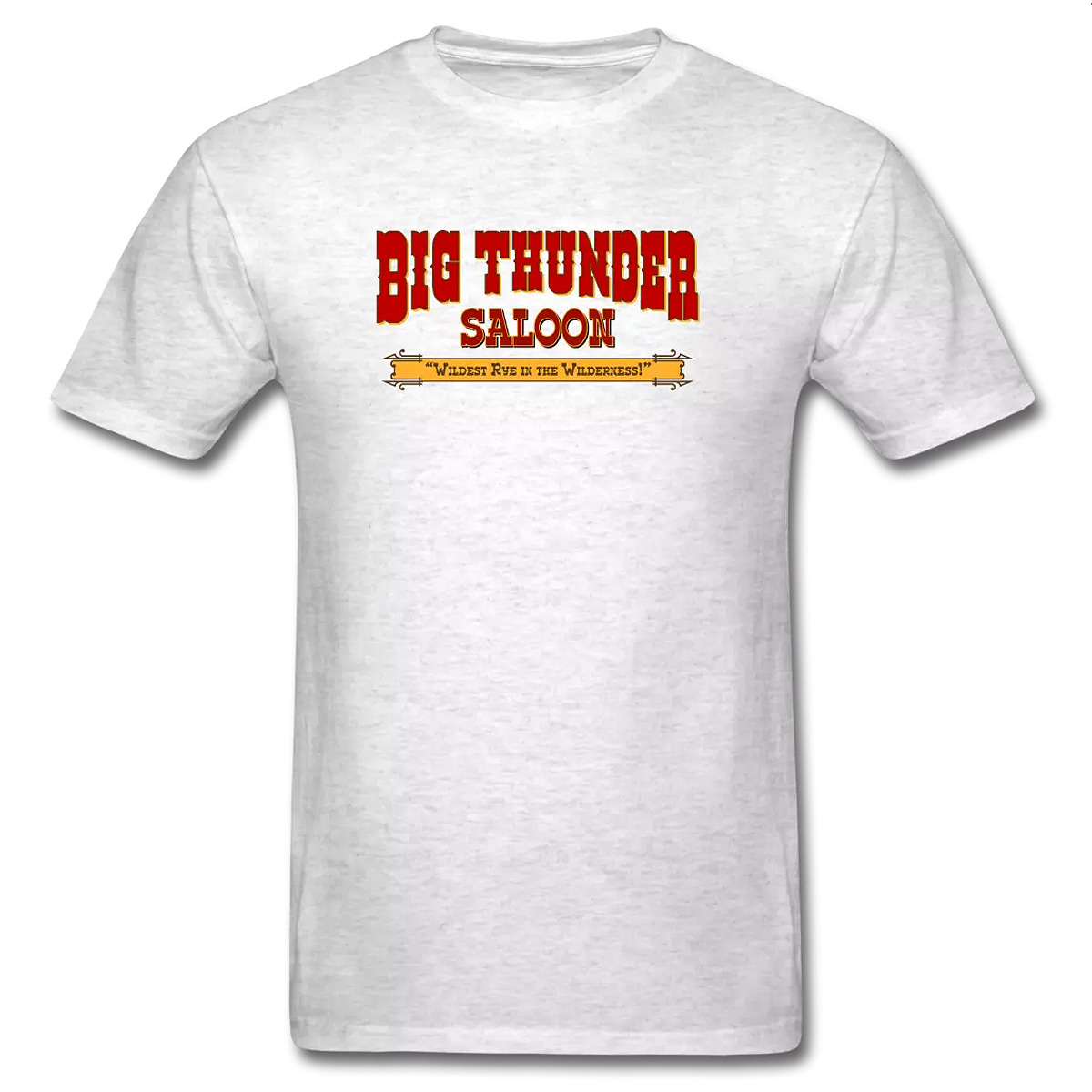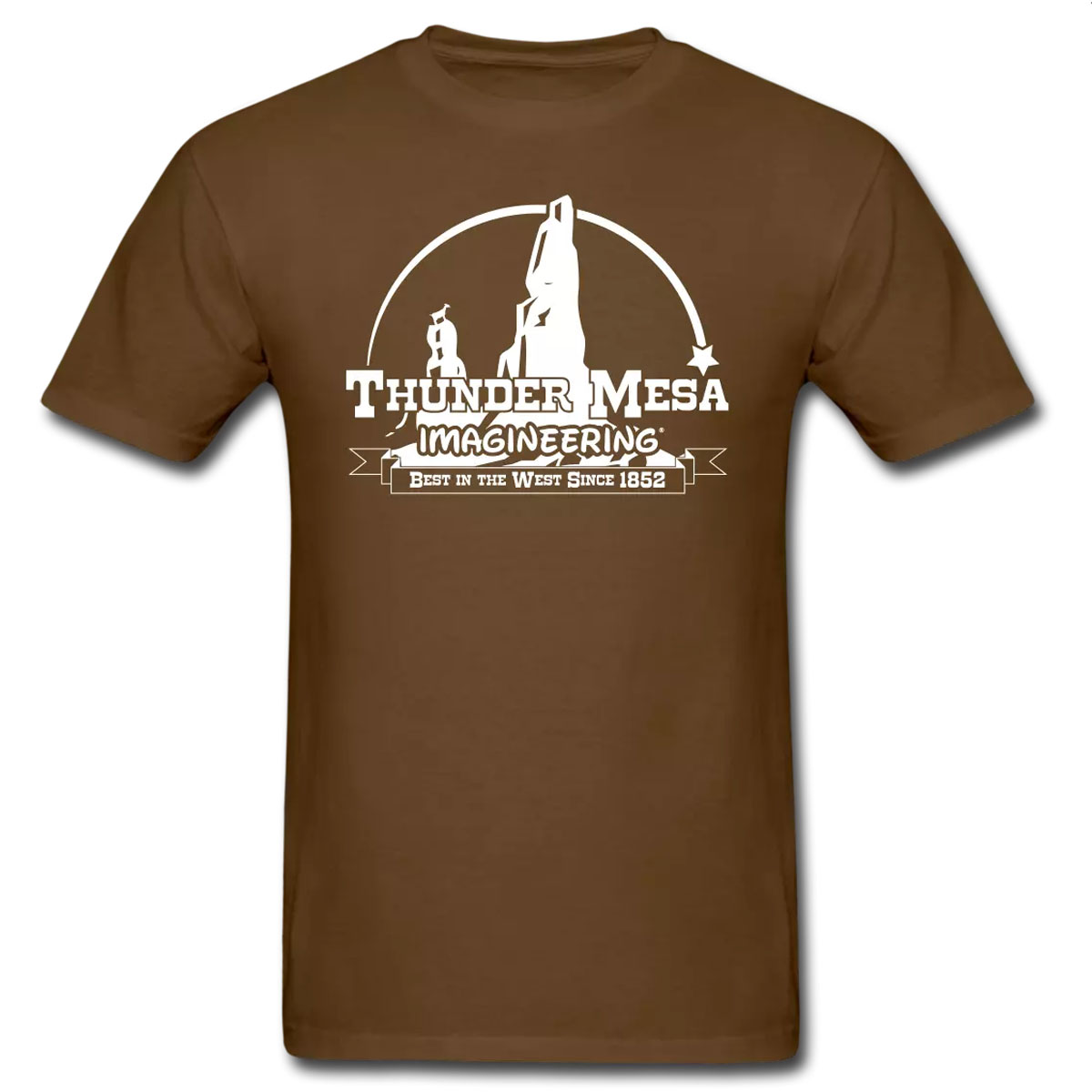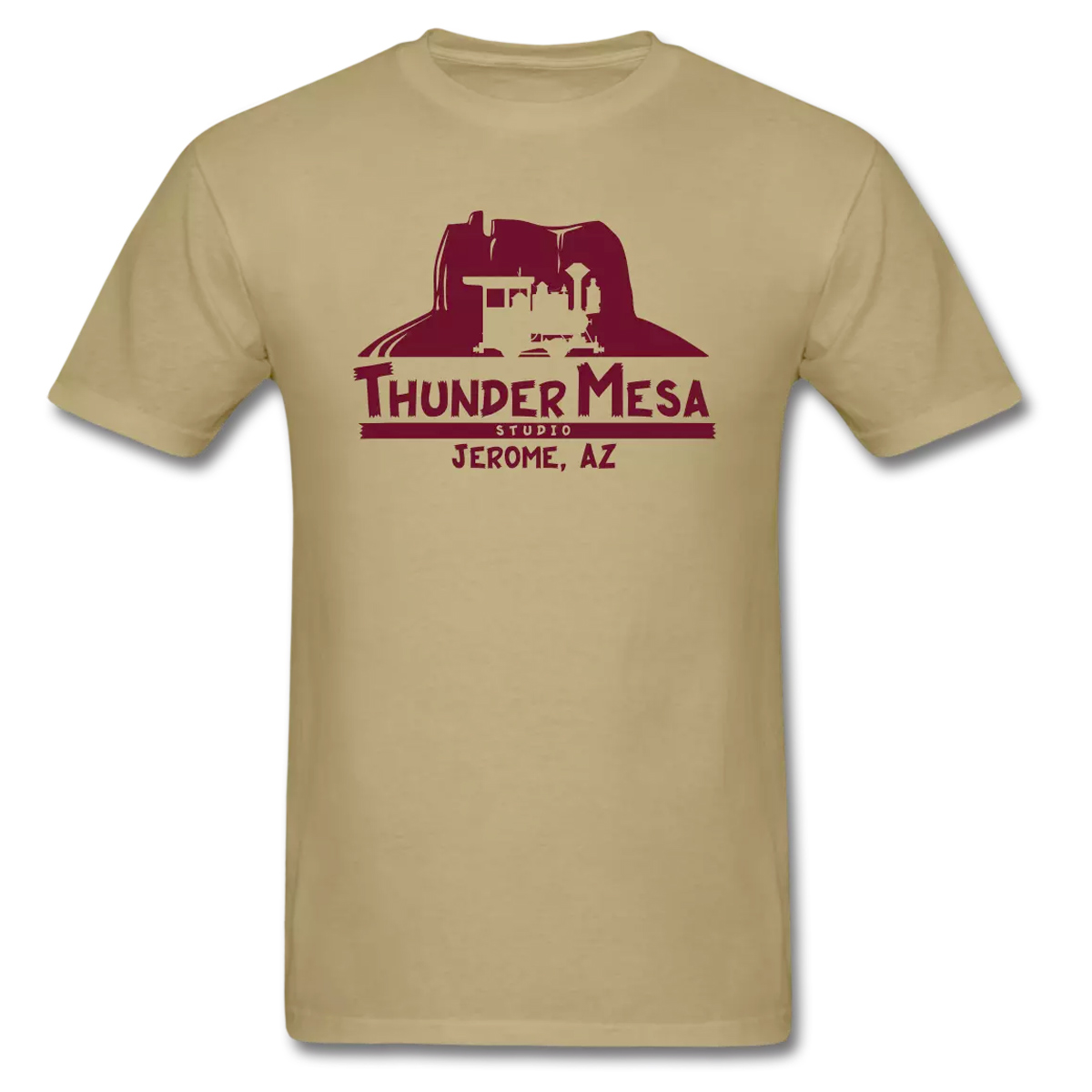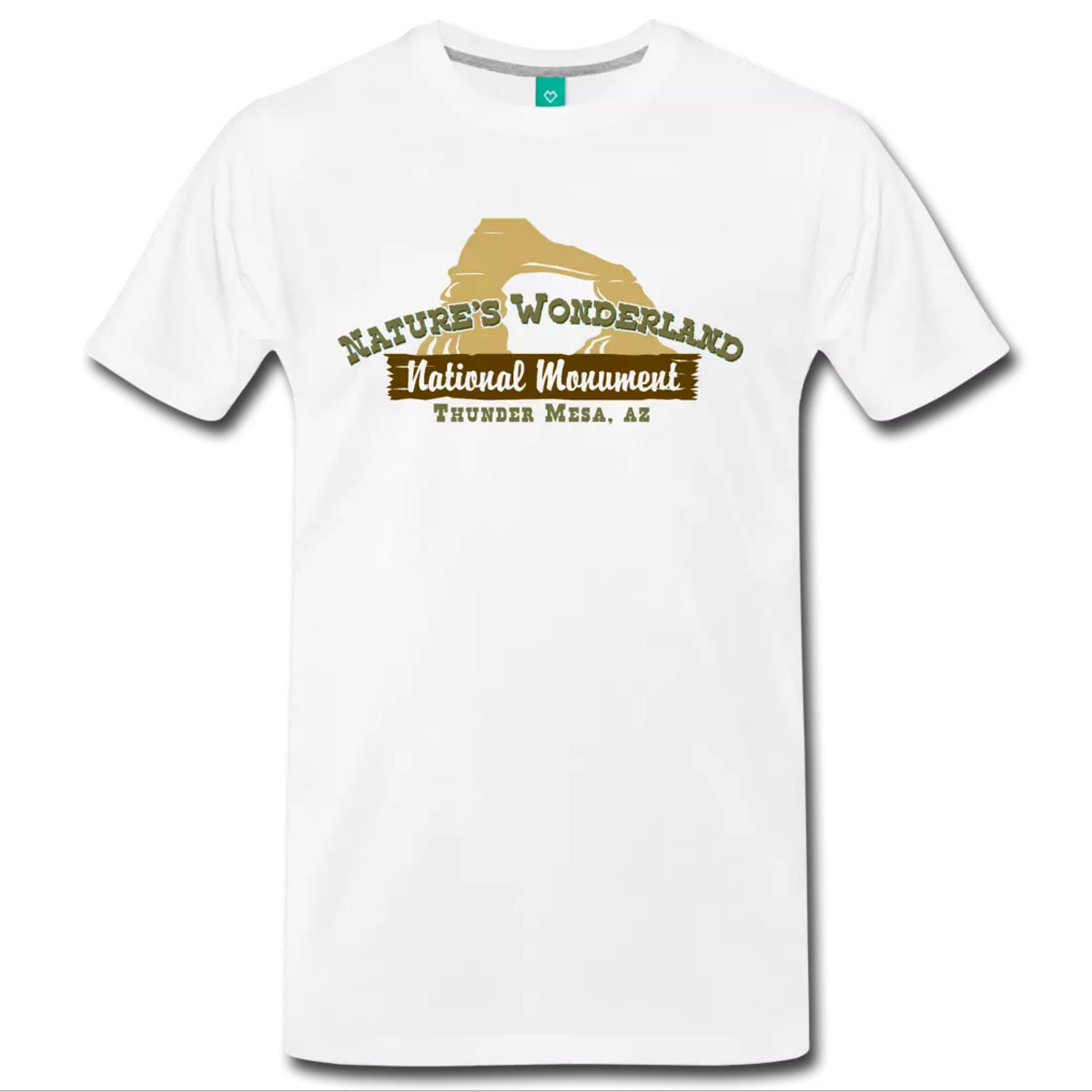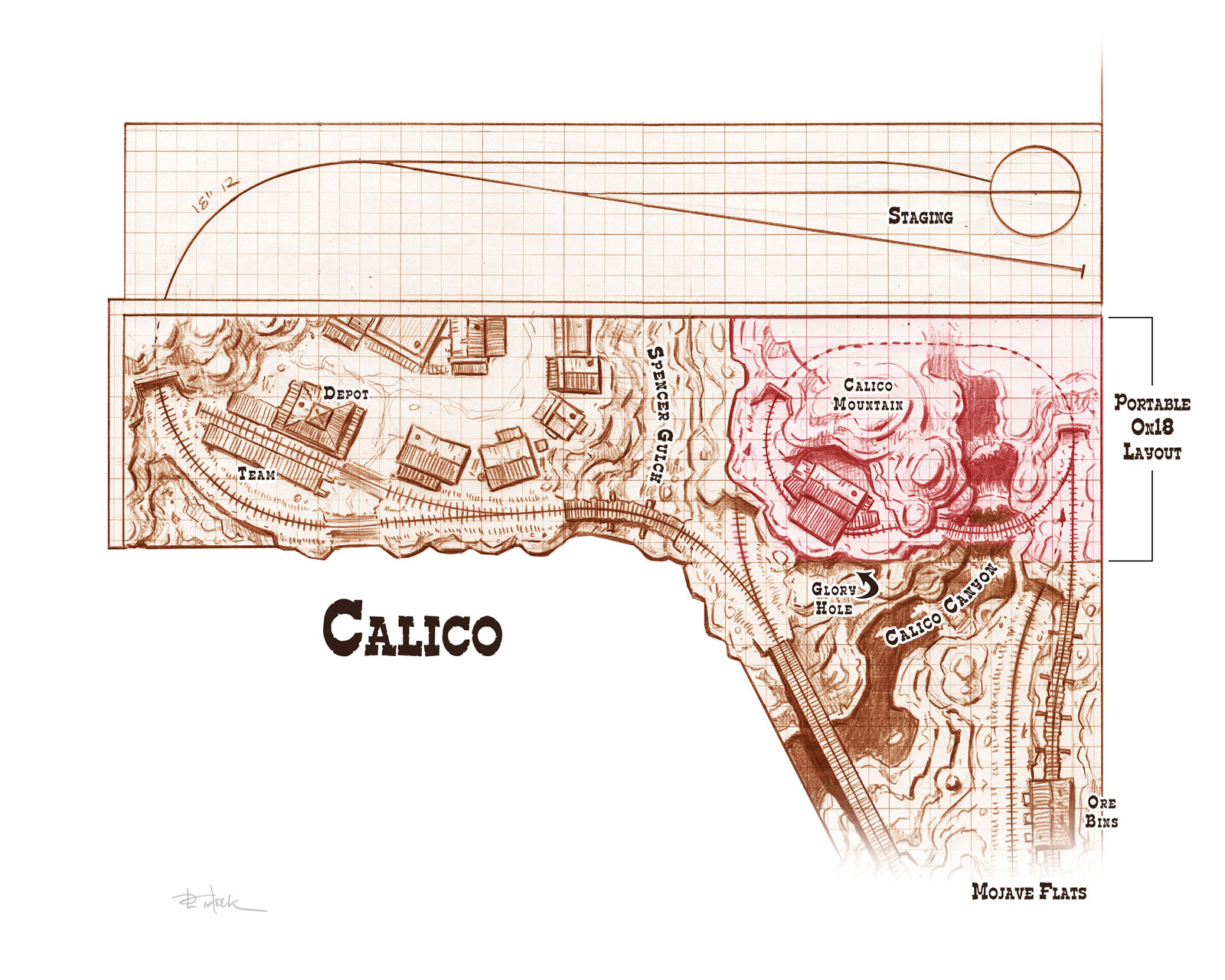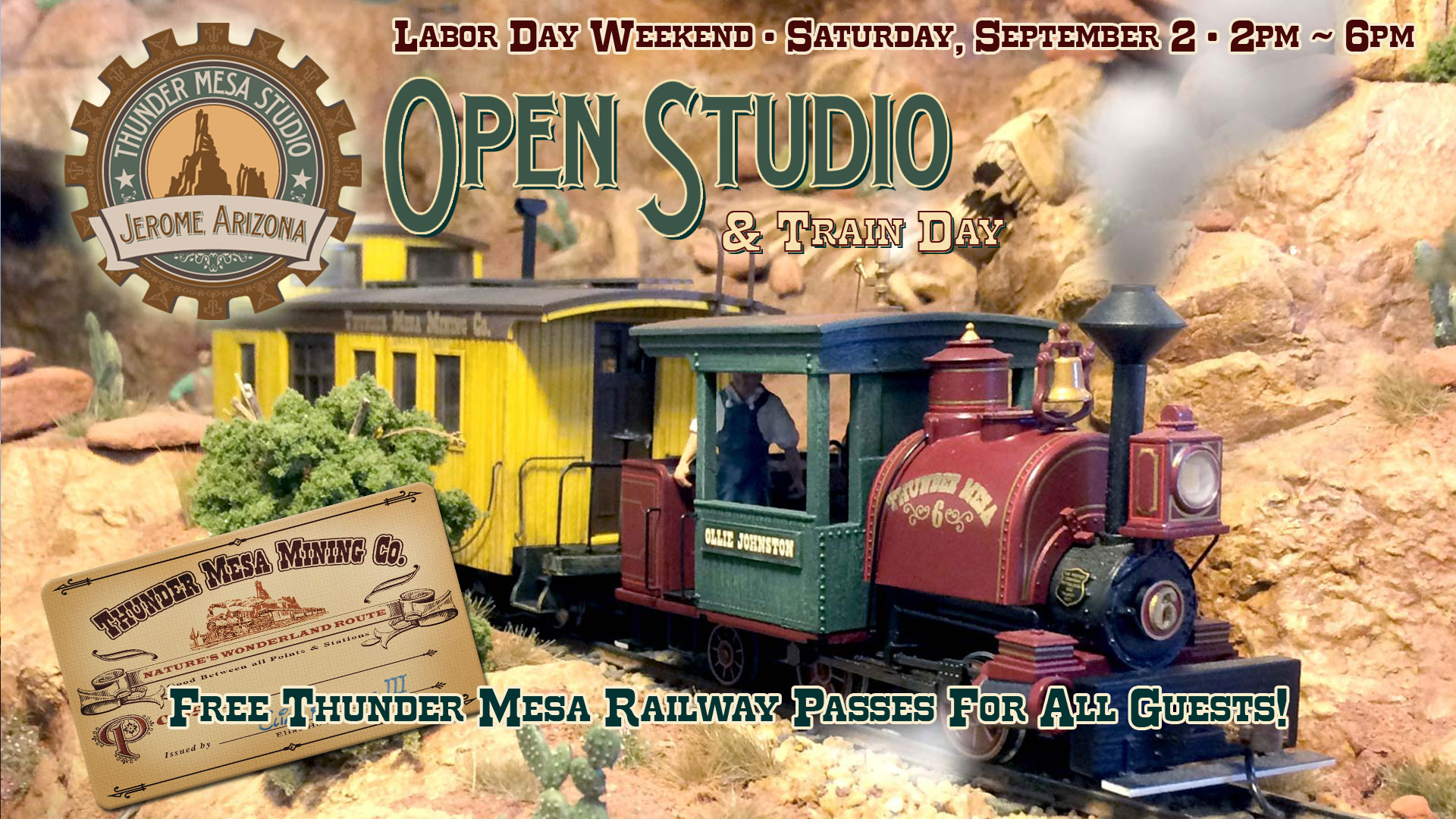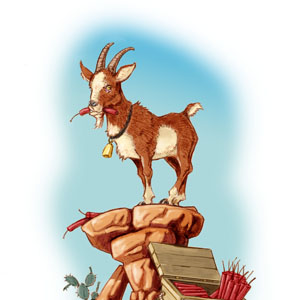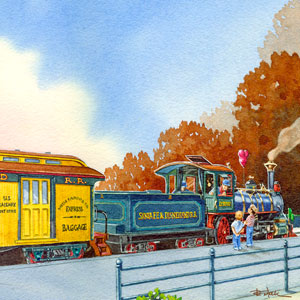Studio Update - Aug 26, 2017
This past week I did more work on the new Calico section, repainting an area of the backdrop that will be behind the town to look a bit more like the desert hills around the real Calico Ghost Town near Yermo, CA. Many thanks to former Calico resident K.D. Younger for sending me a disc full of photos from her days there. I also found a little time to do some ghost-mine hunting this week and paid a visit to the Audrey Shaft Head-frame at the Little Daisy Mine in Jerome. Click on this week's video log above for a visit to the mine, some backdrop painting, and other assorted antics.
When I originally painted this section of the backdrop a few months ago, I really didn't have a clear idea about what to build in this new section of the layout. Once the decision was reached to relocate Calico town there, I knew that the backdrop would need to be altered to fit the scene. I started by studying photos of the mountains around Calico, and then lightly sketching in a rocky profile with pencil. Fortunately, I still had a lot of paint left over in several shades that were specially mixed for the backdrop and I blocked in the basic shapes with a medium brown tone.
The next step was to start defining the shapes a bit with a slightly darker shadow color. That was then followed by a lighter, more saturated color on the areas where sun would be hitting the rocks. When working with acrylic or, in this case, latex paints, I've found that it's best to start with medium values and then work darker and lighter from there, saving the highlights and darkest shadows for the final steps.
Then it was just a matter of building on these medium tones with lighter and darker shades to give definition to areas of sunlight and shadow. Again, most of the colors used were already pre-mixed from the earlier backdrop painting and I highly recommend this approach. My practice is to experiment and then mix up small amounts of the colors I'll need with artist's acrylics. These colors are then painted on to small, 2x2" pieces of white cardstock, and labeled on the back with names like "medium sandstone," "red sandstone," "dark shadow," etc. Then I take these cards down to my local home center and have the colors matched and mixed up by the quart as interior flat latex. This system ensures that I always have color samples at hand, and that one section of the backdrop will always match (and not clash with) another section, even if they are painted several months apart.
The final step was to bring the entire scene up to the same level of finish as other parts of the backdrop. This is when the final, lightest highlights are added and small details like trees and bushes are painted in. Obviously, I don't go for photo-realism on the backdrop, just a believable scene that will blend with and compliment the 3-d foreground scenery to come. The challenge here at Calico was to convey the rugged, Mojave Desert feel of the mountains there, while still matching the colors and character of earlier sections of the backdrop. I hope I pulled it off.
That's going to wrap it up for this week. Just a quick reminder that next Saturday, September 2, is the next Open Studio & Train Day at Thunder Mesa Studio and I hope to see some of you there. Also, a big thank you to those who have taken advantage of the 15% off coupon and free shipping going on now through August 31 at the Thunder Mesa Spreadshirt shop. The coupon code is: EAAIZSF9
Thanks for checking in, amigos. Adios for now!

